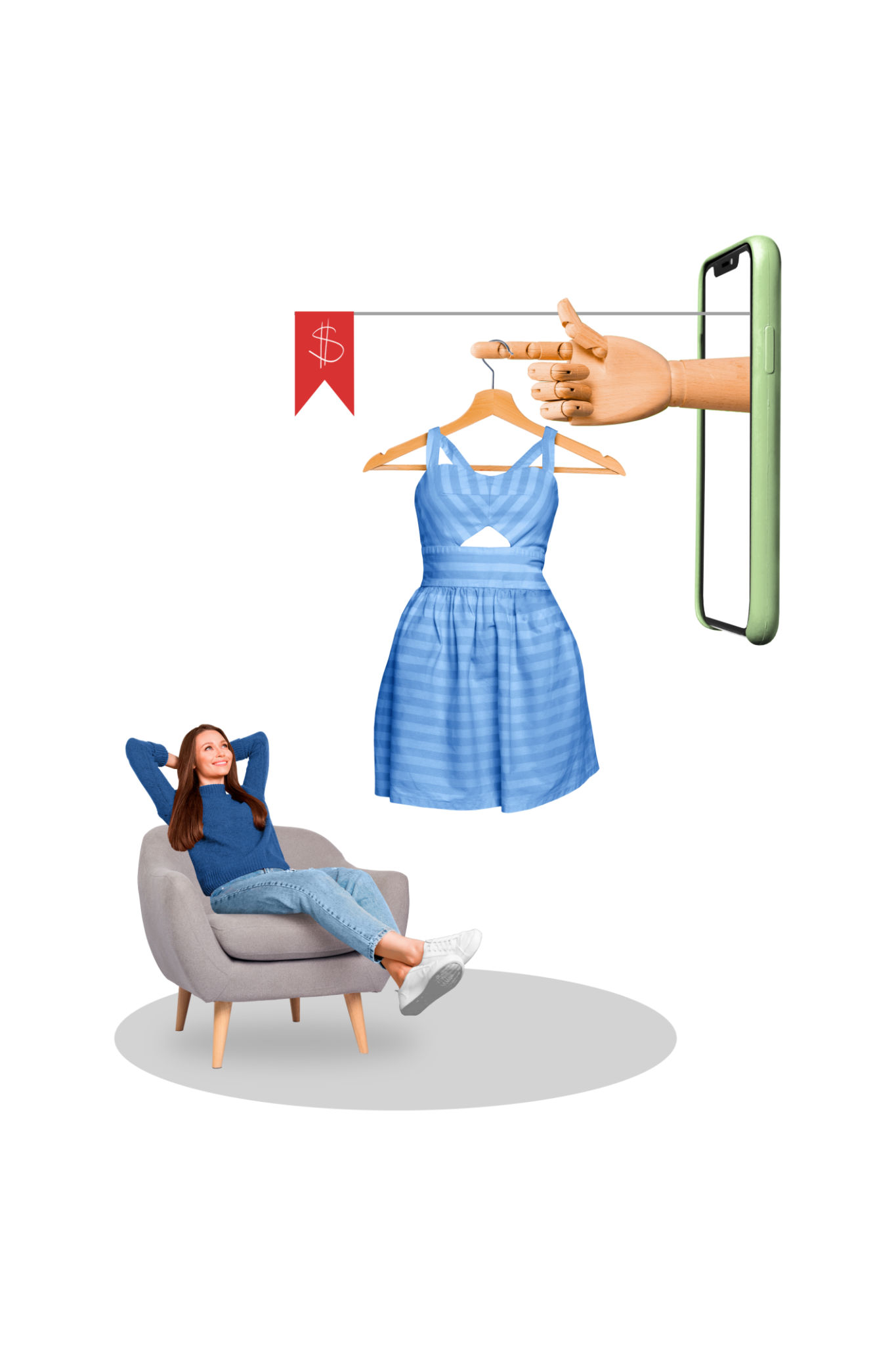Reducing Online Returns: The Role of Virtual Try-Ons in Sustainable Fashion
The Growing Challenge of Online Returns in Fashion
As online shopping continues to dominate the retail landscape, the fashion industry faces a growing challenge: managing returns. With convenience comes a considerable downside, as customers frequently return items that don’t meet their expectations. This issue not only impacts retailers financially but also contributes to environmental waste, making it a sustainability concern that cannot be ignored.
In 2022, it was estimated that nearly 30% of all products ordered online were returned, with clothing and footwear being significant contributors to this statistic. The costs associated with processing these returns, combined with the environmental impact of shipping and packaging, underscore the need for innovative solutions.

Virtual Try-Ons: A Technological Innovation
Virtual try-ons have emerged as a revolutionary tool in the fashion industry, offering a promising solution to reduce online returns. By leveraging augmented reality (AR) and artificial intelligence (AI), virtual try-ons allow consumers to visualize how a garment will fit and look on their body before making a purchase.
This technology provides a more interactive and personalized shopping experience. Customers can see how different sizes and styles suit their body shape, minimizing the guesswork involved in online shopping. As a result, they are more likely to make informed purchases that meet their expectations.

Benefits of Virtual Try-Ons for Retailers
For retailers, adopting virtual try-on technology offers several benefits that extend beyond reducing returns. Firstly, it enhances customer satisfaction by providing a more engaging and accurate shopping experience. This can lead to increased customer loyalty and repeat business.
Moreover, reduced return rates translate into significant cost savings. Retailers save on shipping costs, restocking fees, and labor costs associated with processing returns. These savings can be reinvested into the business or passed on to consumers through competitive pricing.
Sustainability and Environmental Impact
Reducing online returns through virtual try-ons also addresses critical sustainability concerns. Fewer returns mean less shipping, which reduces carbon emissions and packaging waste. This aligns with the growing consumer demand for environmentally responsible shopping options.
The fashion industry is notorious for its environmental footprint, and any measure to mitigate this impact is a step in the right direction. Virtual try-ons not only support sustainable practices but also enhance a brand's reputation as an eco-conscious entity.

Challenges and Considerations
Despite its advantages, implementing virtual try-on technology is not without challenges. The initial investment in AR and AI technology can be substantial, which may deter smaller retailers from adoption. Additionally, ensuring the accuracy of virtual fittings requires sophisticated algorithms and continuous updates to the technology.
Privacy concerns also arise as virtual try-ons often require access to personal data and images. Retailers must prioritize data security and transparency to build consumer trust.
The Future of Fashion Retail
As technology continues to advance, virtual try-ons are expected to become more prevalent in the fashion industry. Retailers who embrace this innovation will likely see a competitive advantage through enhanced customer experiences and reduced operational costs.
Ultimately, virtual try-ons represent a crucial step towards more sustainable and responsible fashion retailing. By addressing the issue of online returns, this technology supports a more efficient and environmentally-friendly industry.

